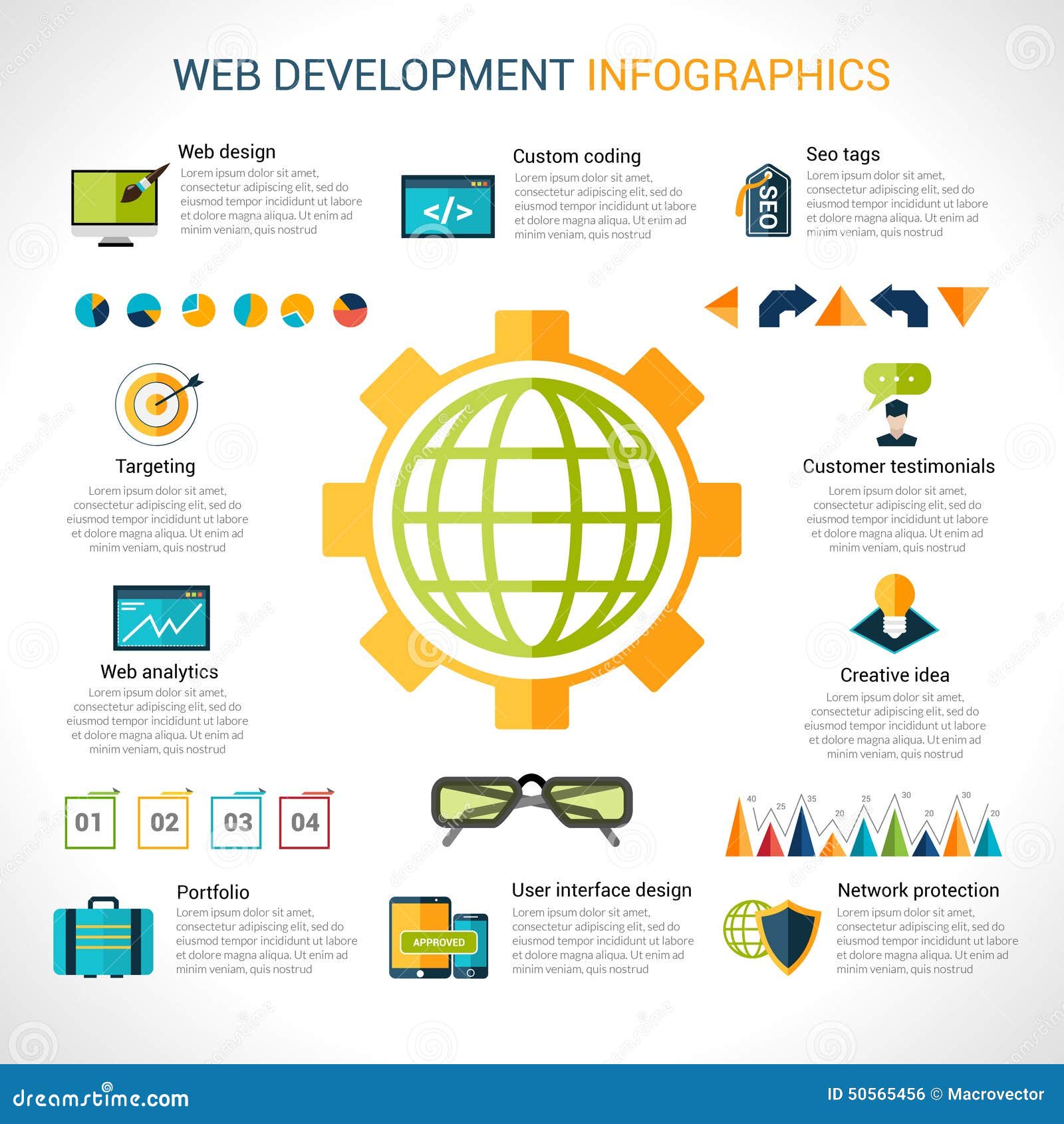Fascinated In Discovering Just How Website Layout Has Changed For Many Years? Discover The Trip
Fascinated In Discovering Just How Website Layout Has Changed For Many Years? Discover The Trip
Blog Article
Web Content Writer-Tobiasen Hejlesen
In the past, sites were simple and focused on info. Navigating was straight, and design was for desktops. Currently, user experience is crucial. Data overviews layouts for very easy navigation. Responsive formats fit various tools. Today, dark mode reduces pressure, and minimalist menus boost navigating. Interactive functions involve individuals, and strong visuals stand apart. AI combination boosts involvement. See exactly how style has advanced to improve your on-line journey.
Very Early Days of Website Design
In the very early days of web design, simplicity preponderated. Websites were fundamental, with limited colors, typefaces, and layouts. The emphasis was on providing details as opposed to showy visuals. Customers accessed the internet with slow-moving dial-up links, so speed and capability were crucial.
Navigating https://www.maddyness.com/uk/2021/12/01/how-companies-are-competing-for-talent-in-the-digital-marketing-world/ were straightforward, normally situated at the top or side of the page. Internet sites were designed for desktop, as mobile surfing had not been yet prevalent. Content was king, and designers prioritized very easy readability over complicated design elements.
HTML was the main coding language utilized, and developers needed to function within its restrictions. Animations and interactive functions were very little contrasted to today's criteria. Websites were fixed, with little vibrant material or individualized individual experiences.
Surge of User-Focused Design
With the evolution of website design, a change towards user-focused design concepts has become progressively prominent. Today, developing web sites that focus on user experience is important for involving site visitors and achieving business objectives. User-focused design includes understanding the requirements, choices, and habits of your target market to customize the internet site's layout, web content, and includes as necessary.
Developers now carry out thorough research study, such as customer surveys and use screening, to collect understandings and feedback directly from customers. This data-driven approach assists in developing instinctive navigation, clear calls-to-action, and aesthetically appealing user interfaces that reverberate with visitors. By placing the individual at the center of the design process, web sites can supply a much more personalized and enjoyable experience.
Receptive design has actually also become a vital aspect of user-focused design, ensuring that sites are optimized for different gadgets and display dimensions. This adaptability enhances accessibility and usability, accommodating the varied methods individuals interact with websites today. Fundamentally, the increase of user-focused layout represents a change in the direction of producing digital experiences that focus on the needs and assumptions of the end user.
Modern Trends in Web Design
Explore the latest fads forming web design today. One noticeable fad is dark mode design, supplying a streamlined and modern-day appearance while lowering eye strain in low-light settings. One more essential trend is minimal navigation, streamlining food selections and enhancing user experience by focusing on essential elements. Incorporating micro-interactions, such as computer animated buttons or scrolling impacts, can develop a more engaging and interactive site. Receptive style remains essential, ensuring seamless customer experiences throughout numerous devices. Additionally, making use of strong typography and asymmetrical layouts can add aesthetic rate of interest and accentuate details material.
Integrating AI modern technology, like chatbots for customer support or individualized referrals, enhances user engagement and streamlines procedures. Accessibility has additionally end up being a considerable fad, with developers prioritizing comprehensive layout practices to accommodate diverse customer demands. Accepting sustainability by maximizing site performance for rate and performance is another emerging fad in web design. Teaming up with user comments and data analytics to repeat and enhance design constantly is important for staying relevant in the ever-evolving electronic landscape. By accepting these modern-day fads, you can develop an aesthetically appealing, easy to use web site that reverberates with your audience.
Verdict
As you assess the advancement of site design from the very early days to now, you can see how user-focused style has become the driving pressure behind contemporary patterns.
Accept the journey of adjustment and adaptation in website design, always keeping the individual experience at the center.
Tippingpointdigital
Remain current with the latest trends and innovations, and never ever quit developing your approach to produce aesthetically sensational and user-friendly internet sites.
Evolve, adapt, and develop - the future of web design is in your hands.
